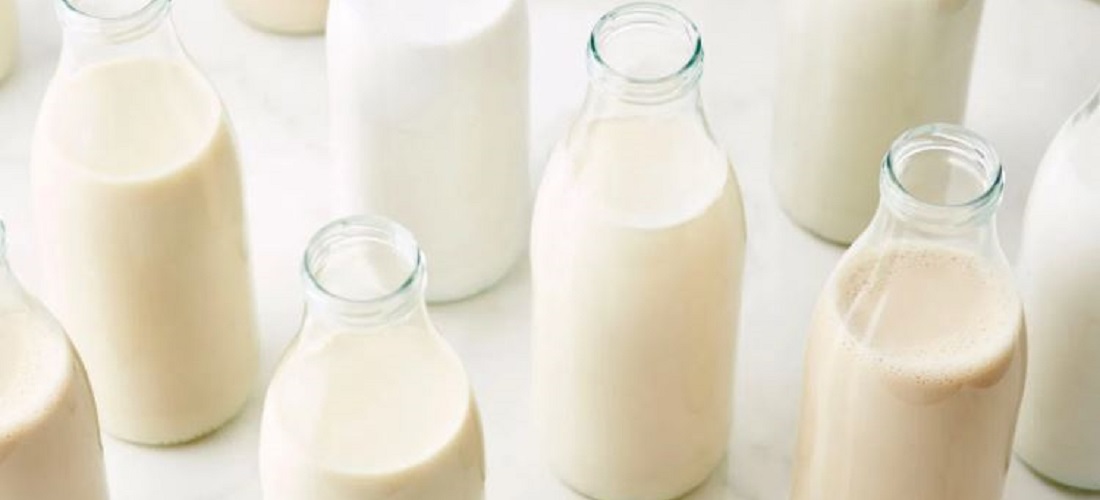
High milk imports upset national production
Jul, 31, 2023 Posted by Lillian SmoakWeek 202332
The increase in milk imports has been accentuating the lack of stimulus to national production, with the risk of shrinkage of the production chain and shortages. The alert is from the Brazilian Association of Milk Producers (Abraleite), which informs that, during the year, the import of milk tripled, directly impacting the definition of the price to the producer. “In May alone, imports rose from a historic level of 3% to 10% of milk consumption in Brazil”, says Geraldo Borges, President of Abraleite. In 2022, domestic consumption reached 34 billion liters, a volume that includes milk for the production of derivatives as well.
Data from the Ministry of Development, Industry and Commerce (Mdic), made available by the official Comex Stat platform, show that imports of powdered milk, cream and dairy products from Brazil’s partner countries in Mercosur (Argentina and Uruguay) broke a record between January and May of this year. In these first five months, the country imported the equivalent of US$ 350.5 million, almost 293% more compared to the same period in 2022. Argentina is the largest supplier of these products (56%), followed by Uruguay (34%), which, alone, sent about 498% more to Brazil in the same period.
“In this context, the strong increase in imports leads to an artificial increase in the availability of milk and derivatives, with no concrete prospects for an increase in consumption”, says Borges. For him, the current scenario aggravates the scenario of uncertainties for the resumption of growth and competitiveness of Brazilian dairy farming. “While Brazilian production retreats in volume of milk, the output of producers from the activity increases”, he points out. Figures from the entity indicate that milk production fell 1.3% in the first half of this year compared to the same period in 2022, although preliminary projections indicate growth of 1.5% for the accumulated of 2023.
Brazilian Milk Imports | Jan 2019 to May 2023 | TEU
Source: DataLiner (click here to request a demo)
“A good recovery will need to happen this semester. But this will only be possible with a reduction in the production costs of the main inputs used in milk production and with a reduction in prices, demanding greater production and productivity from the farms”, says Borges. He expects imports to fall back to around 5% of total consumption.
A recent study on the sector, conducted by the consulting firm Alvarez & Marsal (A&M), partially corroborates this concern. The survey, with the aim of outlining the main trends and challenges of the dairy industry, points to the growing need for assistance in consolidating players in this traditionally fragmented and constantly maturing market. According to Maurício Pela, director of the corporate transformation area at A&M, Brazil is not recognized as a reference exporter of dairy products and, although its imports are specific and less than 6% of consumption, the country has a negative trade balance in the area.
“The sector is of strategic importance for the country, employing close to 4 million people related to 1 million production units. Total milk production over time is constant and similar to the organic growth rate of the population [annual average of 0.5%]”, says Pela. He recalls that Brazilian per capita consumption is 149 kg/year, a lower amount when compared to developed economies (G-7 above 200 kg/year) and some neighbors (Uruguay with 211 kg/year and Argentina with 195 kg/year year).
According to him, due to the strong correlation between income and per capita consumption, the upward trend in production stopped in 2014/2015 and has been stagnant since then, falling in 2022. “It is likely that, in 2023, it will recover the territory lost last year , but remain in line with the total average of recent production”, he says. By recalls that milk production in Brazil is 36 billion liters per year, with a market value of US$ 20 billion (dollar at R$ 4.85), being the third largest producer in the world.
“The reasons for the drop in milk production are due to the discouragement of the productive sector due to high production costs, price volatility, reduced consumption of dairy products and competition with other agribusiness activities, such as grains and beef cattle. ”, explains Borges. For him, this scenario worsened in 2022, when production fell by about 5%. This year, however, agribusiness is already showing a decline in prices in the national and international markets, causing a restructuring of production costs to adapt to new markets and prices.
Borges says that costs have been varying between R$ 1.75 and R$ 2.20 per liter, a level below that seen in 2022 (between R$ 2 and R$ 2.75). Data from Embrapa’s ICP, which measures the variation in the cost of milk production in Brazil, accumulates a drop of 5.8% in the last 12 months, and the main factors responsible for this decline are concentrates/rations (-15.9% of January to June). And, despite the somewhat unfavorable scenario at the moment, dairy farmers believe in a recovery.
Source: Valor Econômico
To read the original article, visit: https://valor.globo.com/publicacoes/especiais/revista-agronegocio/noticia/2023/07/31/alta-das-importacoes-de-leite-incomoda-producao-nacional.ghtml
-
Grains
Jun, 15, 2022
0
Anec raises soybean, soy meal, corn June export projections
-
Ports and Terminals
Jul, 21, 2021
0
Port of Rio de Janeiro registers high handling and sales in 2021
-
Ports and Terminals
Nov, 04, 2020
0
Labor unions on strike again at Buenos Aires over handling of terminal 5 closure
-
Grains
Apr, 15, 2020
0
Chinese soy stocks starting to build up again after record lows in March


